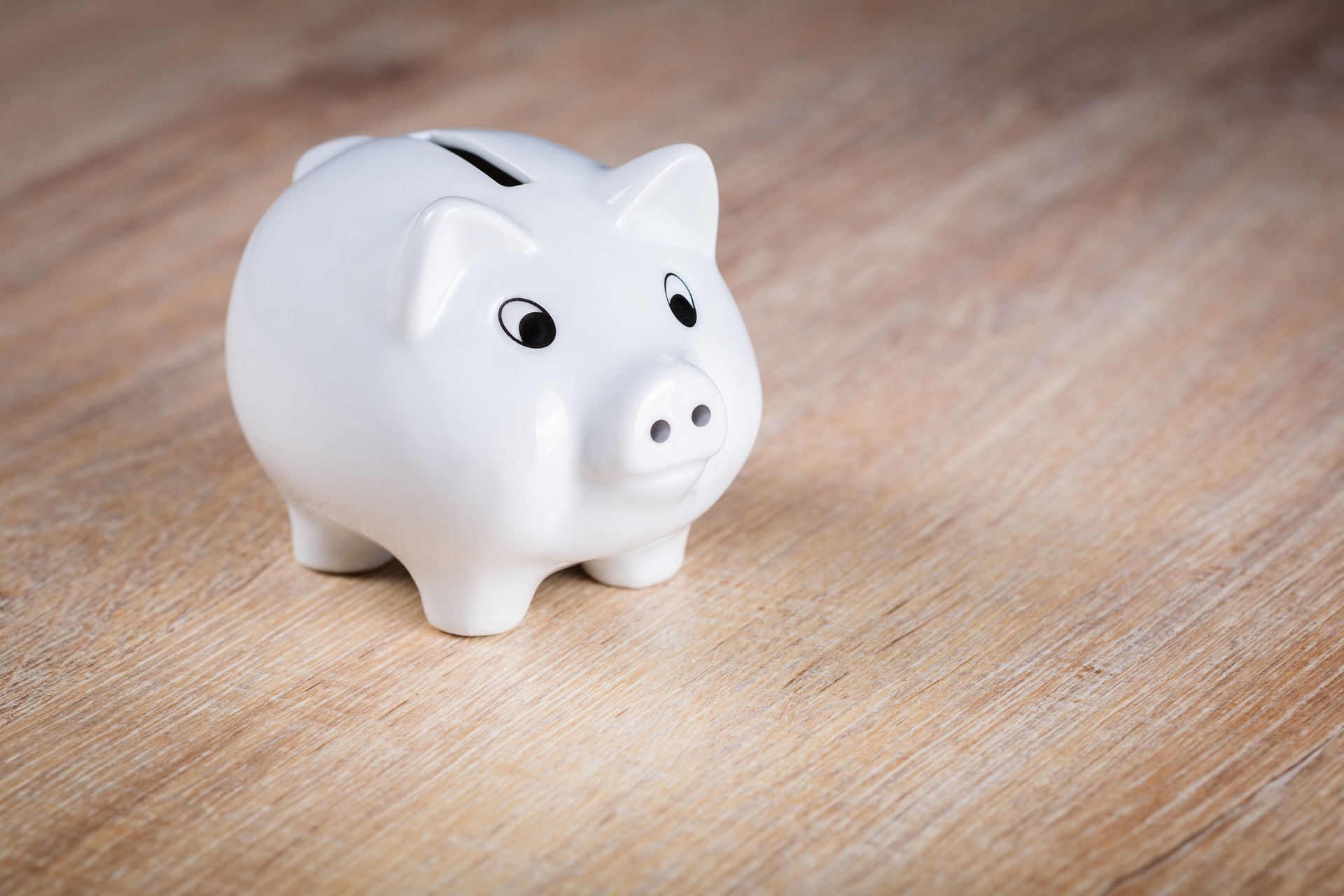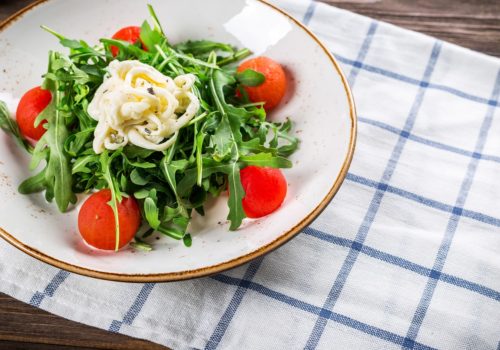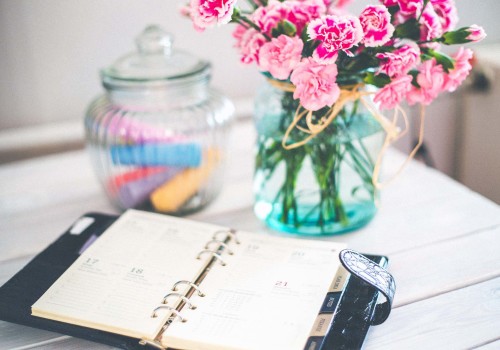When thinking of the areas of my life that could use the most simplifying, personal finances were high up on the list. Early in our marriage, my husband and I concluded that I should manage our day-to-day finances. I was, of course, okay with this since we have already established I am quite the control freak and could not imagine being blind to the ins and outs of our financial life. Unfortunately, we made some poor decisions early on, exacerbated by the Great Recession, that we are just now digging ourselves out of.
In an effort to wrestle this money beast to the ground, I have tried everything – the envelope system, Excel spreadsheets, Quicken, online apps, earmarked savings accounts, and the infamous credit card shuffle. Last December, we made the very last payment on our “old debt” credit card balance and let out a giant sigh of relief.
“This is great!” I thought, “We are in such a good place now”… That is until I realized we weren’t. I still had to shift money around like crazy in order to pay our bills on time. Every month.
In an effort to research how to solve this problem, I came across You Need A Budget (YNAB). The message was so simple:
- Give every dollar a job
- Embrace your true expenses
- Roll with the punches
- Age your money
We had gotten pretty good at sticking to a budget and saving up for most things, but I was still struggling to pay off our credit cards on time each month. Thanks to YNAB, I realized that I had fallen prey to the Credit Card Float. It became clear that the reason I was struggling to make the credit card payments each month was because that money was not being put aside as we spent it. To truly be out of debt meant that I should always have enough cash to pay off the credit card at any time.
Side note: I know many of you are probably asking yourself “Why use credit cards at all? Just pay everything in cash or with a debit card!”. There are many reasons why I prefer to use credit cards for our day to day spending, but the big ones are convenience and security. I am just not comfortable with thousands of retailers having direct access to my checking account.
So we sat down together and made a decision: I would track all of our spending in the YNAB app for January, and whatever was left unpaid on the credit card at the end of the month would be considered debt. In February, we would transfer that balance to a 0% card and start the whole debt pay down effort again. Ugh.
But then something great happened – I no longer had to watch our checking balance like a hawk. Because we were saving up for future expenses and setting aside money for the credit card as we spent it, our checking balance grew. I no longer had to stress about when (and how much) I could pay on our credit cards. The YNAB app handled this for me. And slowly but surely, the remaining debt from January has grown smaller and smaller.
Now that tracking our budget takes far less effort, I have been able to focus more on the other aspects of our personal finances and making them more streamlined as well. More on that soon.
So, if you find yourself struggling to time bill payments on just the right day to avoid overdrawing on your account, I would highly suggest learning more about the YNAB method. There is a ton of great educational content on their website for free, even if you decide not to try their software.
—
The post above may contain affiliate links. More details here.




